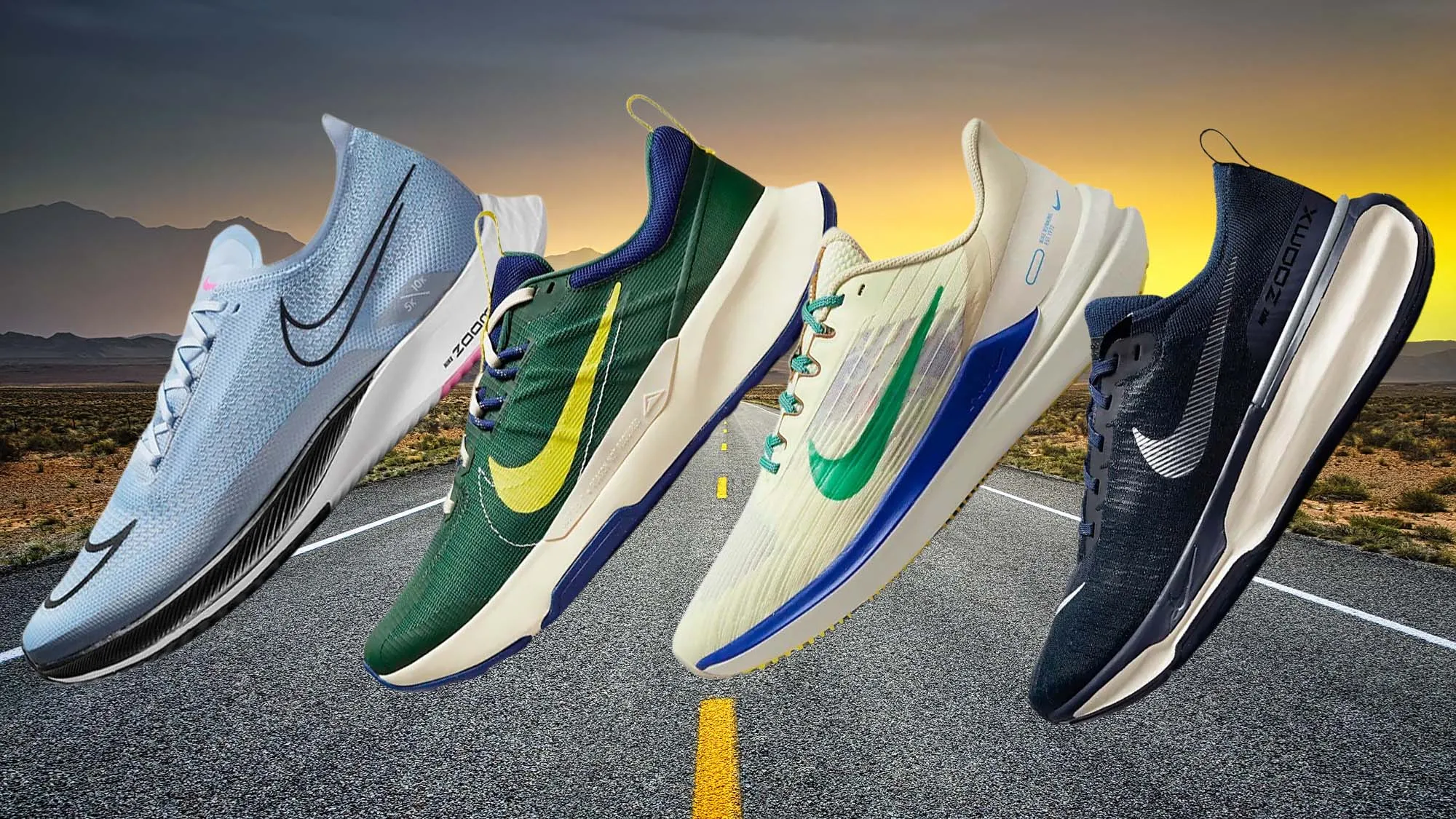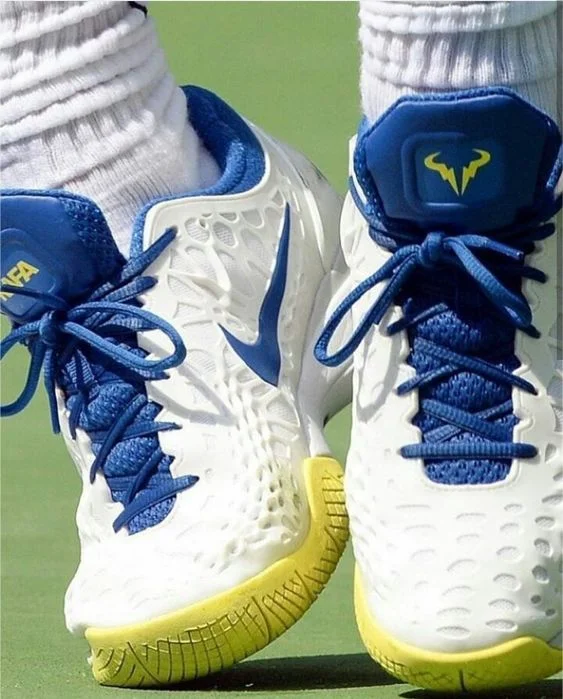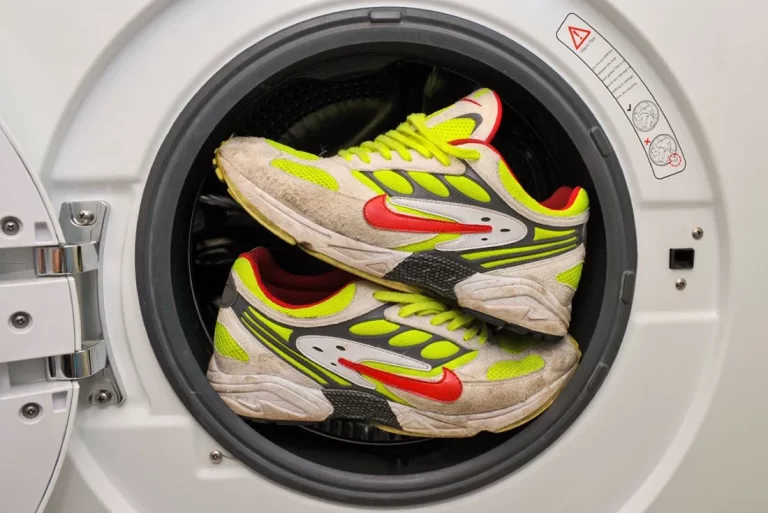What Are Tennis Shoes Made Of ?
Tennis shoes, also known as athletic or sports shoes, are specifically designed to provide comfort, support, and traction during intense physical activity on the tennis court. But have you ever wondered what exactly goes into making this versatile footwear? From the upper material that wraps around your feet to the outsole that grips the surface, tennis shoes are crafted using a combination of specialized materials.
In this article, we will delve into the components that make up tennis shoes and explore how each material contributes to their performance, durability, and overall functionality. So, let’s lace up and dive into the fascinating world of what tennis shoes are made of?
Composition of Tennis Shoes
Tennis shoes are crafted from a variety of materials, each serving a specific purpose. Understanding these materials is essential for making an informed purchase.
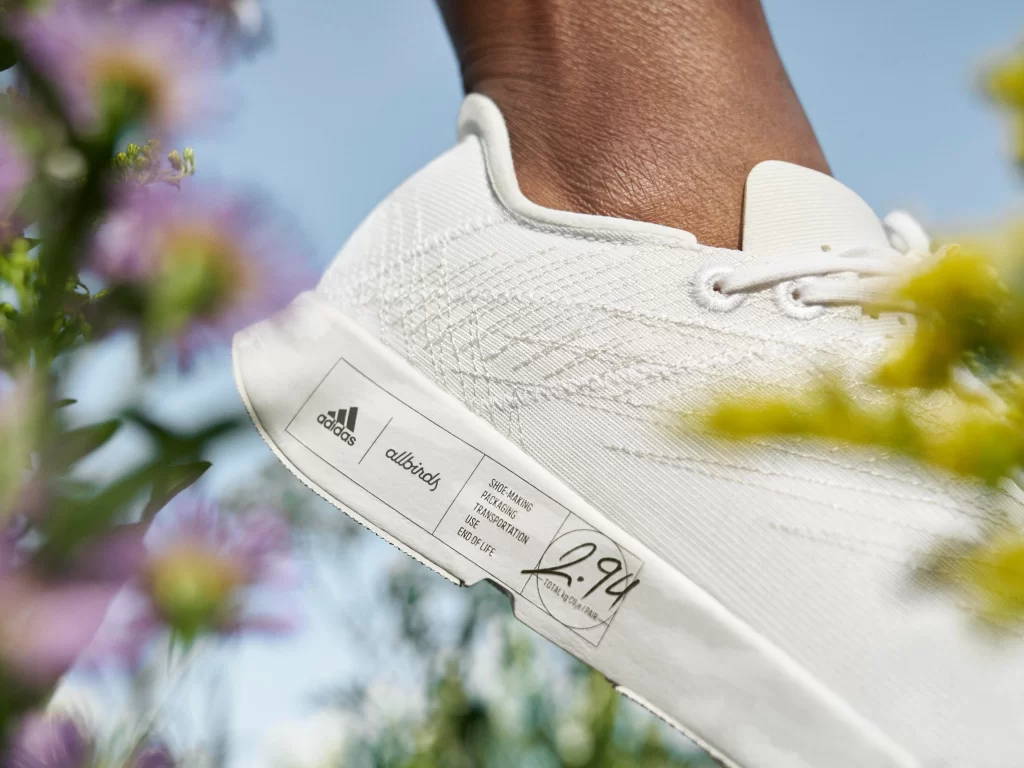
The Basic Ingredients
Tennis shoes are made of a variety of materials carefully chosen to provide optimal performance and comfort on the court. The upper part of the shoe is typically constructed using synthetic materials like mesh, leather, or a combination of both. These materials offer breathability, flexibility, and durability, allowing your feet to stay cool and comfortable during intense matches.
The midsole, which is the layer between the upper and the outsole, is often made of cushioning materials like EVA (ethylene-vinyl acetate) or foam. This provides shock absorption, support, and stability, reducing the risk of injuries and enhancing overall comfort. The outsole, on the other hand, is usually made of rubber or a rubber compound that offers excellent traction and grip on different court surfaces.
Tennis shoes may also feature additional components such as heel counters, toe caps, and overlays, which provide extra support and protection. By combining these carefully selected materials, tennis shoes are designed to optimize performance, enhance agility, and provide the necessary support for quick movements and sudden stops on the tennis court.
- Leather: A classic choice for durability and comfort.
- Mesh: Enhances breathability, ideal for intense matches.
- Rubber: Essential for outsoles, providing traction and durability.
Also Read: Tennis Shoes Brands List
Also Read: What Is Long Tennis?
Evolution of Tennis Shoe Materials
The evolution of tennis shoe materials has been a remarkable journey, driven by the constant pursuit of innovation and performance enhancement. In the early days of tennis, shoes were predominantly made of canvas, providing basic protection and flexibility. However, as the sport grew in popularity and players demanded more from their footwear, manufacturers began exploring new materials and technologies.

Modern Components
The modern components of tennis shoes are carefully engineered to meet the demands of the sport. By combining lightweight and breathable materials, advanced cushioning technologies, and specialized outsole designs, these components work together to provide players with the support, comfort, and traction they need to perform at their best on the tennis court.
Upper Material
The upper material of tennis shoes plays a crucial role in providing comfort, support, and breathability. Modern tennis shoes often utilize synthetic materials like mesh, knit, or a combination of both. Mesh uppers offer excellent breathability, allowing air to circulate and keep the feet cool during intense matches. This helps to prevent excessive sweating and discomfort. Knit uppers, on the other hand, provide a snug and adaptive fit, conforming to the shape of the foot for a customized feel.
These materials also offer flexibility, allowing for natural foot movement and agility on the court. Additionally, the upper may incorporate overlays or support structures strategically placed to provide stability and prevent excessive foot movement during lateral motions. The upper material of tennis shoes is designed to strike a balance between breathability, flexibility, and support, ensuring that players can perform at their best while maintaining comfort throughout the game.
Midsole Material
The midsole material of tennis shoes is a critical component that directly impacts comfort, cushioning, and shock absorption. Modern tennis shoes often feature midsoles made of advanced cushioning technologies such as EVA foam or specialized foam compounds.
These materials are designed to provide excellent energy return, reducing the impact on joints and muscles during intense movements on the court.
The midsole material helps to absorb shock and distribute pressure evenly across the foot, enhancing overall comfort and reducing the risk of injuries. It also plays a role in stability, providing support and preventing excessive foot pronation or supination.
The choice of midsole material is crucial in determining the responsiveness, durability, and overall performance of tennis shoes, ensuring that players can move with confidence and agility on the court.
Outsole Material
The outsole material of tennis shoes is a vital component that directly affects traction, grip, and durability. Typically made of rubber or rubber compounds, the outsole is designed to provide excellent traction on different court surfaces.
The material is carefully engineered with specialized tread patterns that offer optimal grip, allowing players to make quick and precise movements without slipping.
The outsole material is also durable, designed to withstand the rigors of the tennis court and provide long-lasting performance. It is engineered to resist abrasion and provide stability during lateral movements.
The choice of outsole material is crucial in ensuring that tennis shoes can deliver the necessary traction and grip required for quick direction changes, slides, and stops on the court, enabling players to maintain control and agility throughout the game.
Insole Material
The insole material of tennis shoes is an essential component that contributes to comfort, support, and overall foot health. The insole, also known as the footbed or sockliner, is the layer of material that sits directly beneath the foot. It is designed to provide cushioning, shock absorption, and arch support.
Modern tennis shoes often feature insoles made of foam or gel materials that offer excellent cushioning, reducing the impact on the feet and joints during intense movements.
These materials also help to distribute pressure evenly across the foot, enhancing comfort and reducing the risk of discomfort or pain. Additionally, the insole may incorporate arch support to provide stability and prevent excessive foot pronation or supination.
The choice of insole material is crucial in ensuring that tennis shoes offer optimal comfort and support, allowing players to focus on their game without distractions or discomfort.
Laces and Fastenings
Laces and fastenings are crucial components of tennis shoes that provide a secure and adjustable fit. Traditional tennis shoes feature laces that allow players to tighten or loosen the shoe according to their preference and foot shape. The laces are typically made of durable materials like nylon or polyester, ensuring they can withstand the rigors of frequent tightening and loosening.
The fastening system, whether it be traditional laces, Velcro straps, or a combination of both, plays a significant role in keeping the shoe securely in place during intense movements on the court. It allows players to customize the fit, ensuring a snug and comfortable feel that enhances stability and prevents excessive foot movement.
The laces and fastenings of tennis shoes are designed to provide a reliable and adjustable closure system, allowing players to focus on their game without worrying about their shoes coming loose or causing discomfort.
Sustainable Materials
With a growing focus on sustainability, the tennis shoe industry is incorporating eco-friendly materials into their designs. From recycled polyester to plant-based alternatives, these materials minimize environmental impact while maintaining high performance. Discover how sustainable materials are shaping the future of tennis shoes.
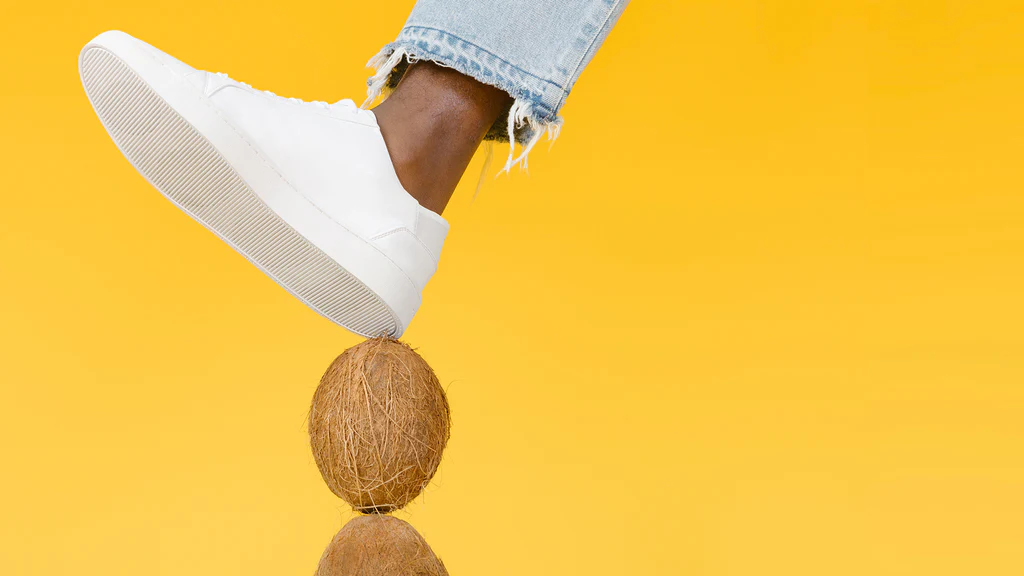
- Eco-Friendly Upper Materials
- Biodegradable Midsoles
- Recyclable Outsoles
Eco-Friendly Upper Materials
Eco-friendly upper materials are revolutionizing the tennis shoe industry, offering sustainable alternatives to traditional synthetic materials. Manufacturers are now utilizing materials like recycled polyester, organic cotton, and even innovative options such as recycled ocean plastics. These eco-friendly materials not only reduce the reliance on non-renewable resources but also help to minimize waste and carbon footprint.
Despite their sustainable nature, these materials still provide the necessary breathability, flexibility, and durability required for tennis shoes. By incorporating eco-friendly upper materials, tennis shoe manufacturers are taking a significant step towards creating a more sustainable and environmentally conscious footwear option for players.
Biodegradable Midsoles
Biodegradable midsoles are emerging as a sustainable solution in the world of tennis shoes. These midsoles are made from materials that can naturally break down over time, reducing their environmental impact. Manufacturers are exploring options such as bio-based foams and natural rubber compounds that are biodegradable and compostable.
By utilizing these materials, tennis shoe brands are not only reducing their carbon footprint but also addressing the issue of shoe waste.
Biodegradable midsoles offer the same level of cushioning, shock absorption, and support as traditional midsoles, ensuring that players can still enjoy optimal performance on the court. With the introduction of biodegradable midsoles, tennis shoes are becoming more eco-friendly, aligning with the growing demand for sustainable footwear options.
Recyclable Outsoles
Recyclable outsoles are making waves in the world of tennis shoes, offering a sustainable solution to reduce waste and promote environmental consciousness. These outsoles are made from materials that can be easily recycled at the end of their life cycle.
Manufacturers are exploring options such as recycled rubber or thermoplastic polyurethane (TPU) that can be melted down and reused to create new outsoles. By incorporating recyclable materials, tennis shoe brands are taking a significant step towards a circular economy, where materials are reused rather than discarded.
Recyclable outsoles maintain the same level of traction, durability, and performance as traditional outsoles, ensuring that players can still excel on the court while minimizing their environmental impact.
With the introduction of recyclable outsoles, tennis shoes are becoming more sustainable, contributing to a greener future for the sport and the planet.
Choosing the Right Material for You
Factors like playing style, climate, and environmental impact should influence your material choice:
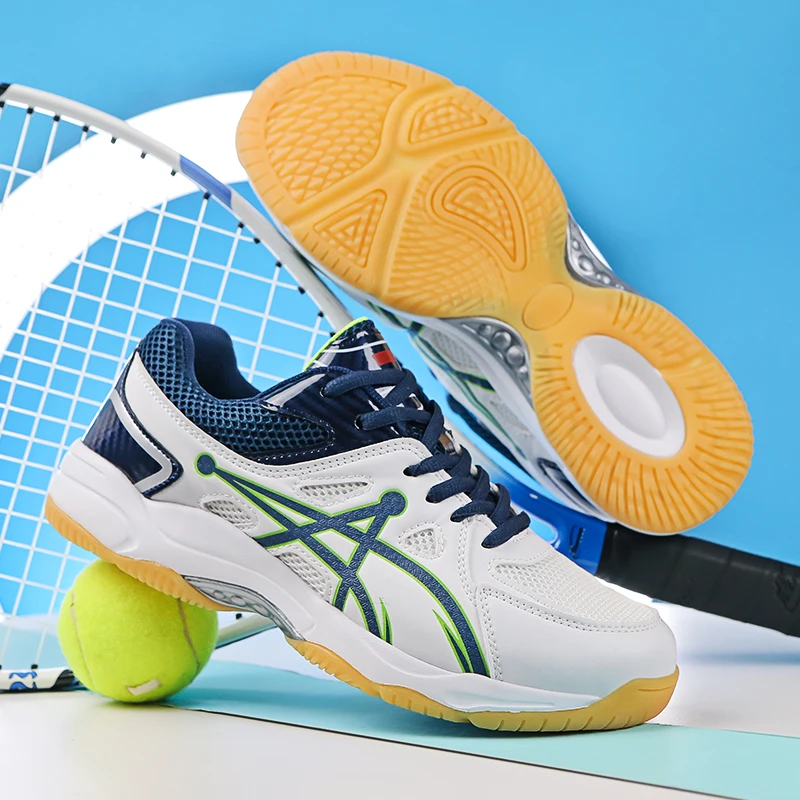
Consideration for Different Playing Styles
Consider your playing style when choosing tennis shoes. Baseline players need stability, all-court players benefit from versatility, and serve-and-volley players require durability and cushioning. Select shoes that cater to your specific needs to enhance your performance on the court.
Climate and Environmental Impact
Consider the climate and environmental impact when choosing tennis shoes. Opt for breathable materials in hot climates and insulation in colder climates. Choose sustainable options to reduce your carbon footprint and contribute to a greener future.
Maintenance Tips
Proper maintenance of your tennis shoes is essential for their longevity and performance. Regularly clean your shoes by removing dirt and debris with a soft brush or cloth. Avoid machine washing unless specified by the manufacturer. Allow your shoes to air dry naturally after each use, avoiding direct heat sources.
To preserve the shape and support, store your shoes in a cool and dry place. Replace worn-out insoles or laces to maintain optimal comfort and fit. By following these maintenance tips, you can extend the lifespan of your tennis shoes. This ensures they continue to support you on the court.
Expert Insights
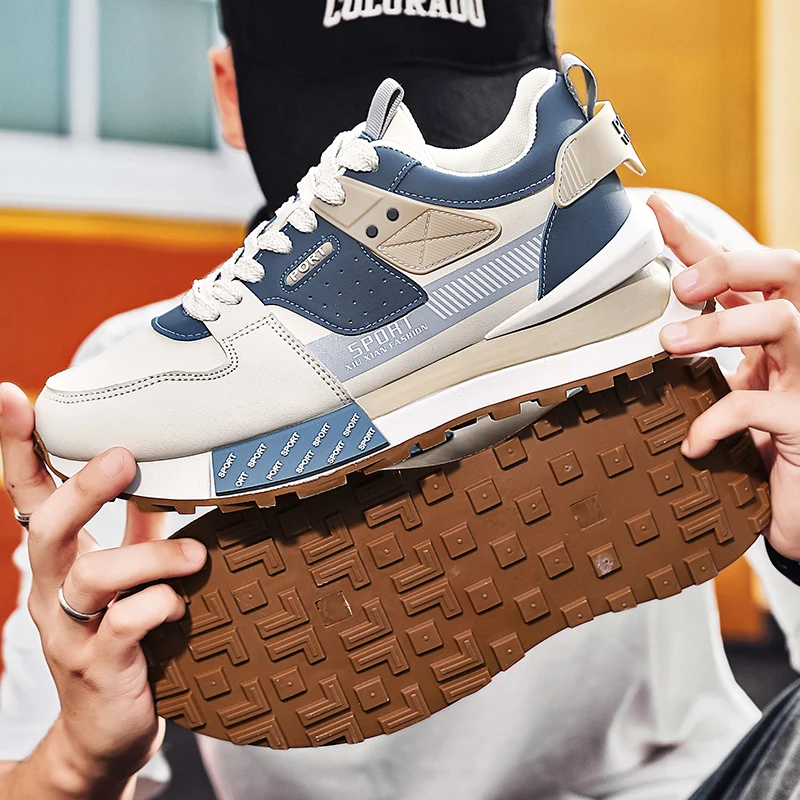
Tips from Professional Athletes
Top tennis players prefer lightweight and breathable upper materials like mesh or knit for ventilation and flexibility. Responsive midsole materials provide cushioning and support, while durable rubber outsoles with advanced tread patterns offer traction and grip. These material choices greatly impact performance, providing comfort, support, and agility on the court.
Advice from Podiatrists
Shoe materials play a crucial role in preventing injuries and promoting foot health.The right materials provide support, cushioning, and stability. They reduce the risk of foot and ankle injuries like sprains, strains, and plantar fasciitis.
Materials that offer good shock absorption can help absorb impact forces and protect the joints and muscles from excessive stress. Additionally, breathable materials can help prevent excessive sweating and the development of fungal infections. By choosing shoes with appropriate materials, individuals can prioritize foot health. Minimize the risk of injuries during physical activities like tennis.
Conclusion
Choosing the right materials for tennis shoes is crucial for optimal performance and comfort. Lightweight and breathable upper materials like mesh or knit provide ventilation. Responsive midsole materials, on the other hand, offer cushioning and support. Durable rubber outsoles with advanced tread patterns provide traction and grip.
These material choices can prevent injuries, promote foot health, and enhance overall performance on the court. By selecting the right materials, athletes can maximize their potential. Enjoy a comfortable and supportive experience during their tennis matches.

